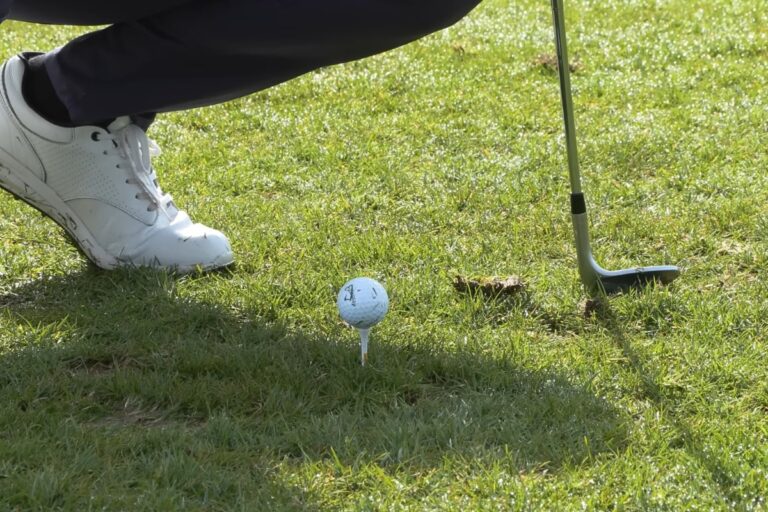Golf is a game of precision, patience, and of course, rules. The rules are the backbone of the game, ensuring that everyone plays on a level field.
Among these rules, the unplayable lie rule stands out. It’s one that can be a game-changer, literally. Let’s get into the nitty-gritty of it.
Fun Fact: Did you know that the earliest rules of golf were written in 1744 for the Company of Gentlemen Golfers in Scotland?
A Definition
So, what exactly is an unplayable lie? In simple terms, it’s when a player believes their ball is in a position where they can’t play it. This could be because it’s stuck in a bush, buried in a sand trap, or any other situation where the ball just isn’t playable.
Pro Tip: Always assess your surroundings before declaring an unplayable lie. Sometimes, a different angle or stance might just do the trick!
Taking Relief
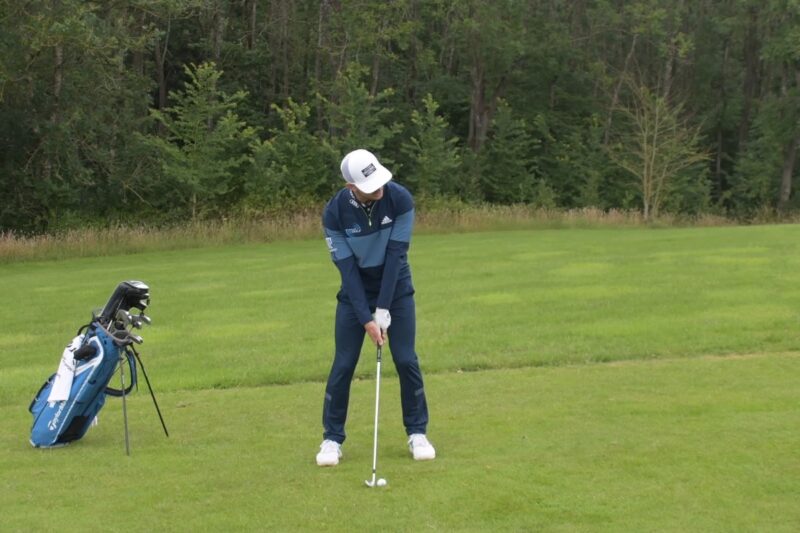
When faced with an unplayable lie, you’ve got options:
Option 1: Stroke and Distance Relief
This means you can play a new ball from where you played your last shot. Essentially, you’re taking a mulligan but with a one-stroke penalty.
- It’s straightforward and often the safest choice.
- You’re essentially replaying your shot, which might not be ideal if you’ve covered a good distance.
Option 2: Two Club-Length Relief
Drop a ball within two club-lengths of where the ball lies, but not nearer the hole. Remember, you can’t drop it in a hazard!
- Gives you a bit more flexibility in choosing a better lie.
- There’s still a one-stroke penalty, and you might not always get a favorable position.
Option 3: Keep the Point Where the Ball Lies Between the Hole and Where You Take Relief
Drop the ball behind the point where it lies, keeping that point directly between the hole and the spot on which you drop the ball.
- Can be strategic if there’s a clear path to the green.
- Again, there’s that one-stroke penalty, and if not done right, you might end up in a worse position.
Fun Fact: The “two club-length” rule doesn’t specify which clubs! So, if you’re looking for maximum distance, go for your longest clubs.
Determining the Appropriate Penalty

Now, as we’ve touched upon, each relief option comes with a one-stroke penalty. It’s crucial to factor this into your game strategy. Always remember to add this penalty to your score for that hole. And, of course, always be honest about it. Golf is a gentleman’s (and gentlewoman’s) game, after all.
Pro Tip: Keeping a small notebook or a digital scoring app can help you track penalties and ensure you’re tallying your score correctly.
Special Considerations
Different golf courses pose different challenges. For instance, on a links course, you might find your ball nestled between tall dunes, while on a parkland course, it could be lost amidst dense trees. Always consider the course type when deciding on relief options.
Additionally, when taking relief, be mindful of other obstacles. Just because you’re moving away from one tricky spot doesn’t mean you won’t land in another!
Famous Examples
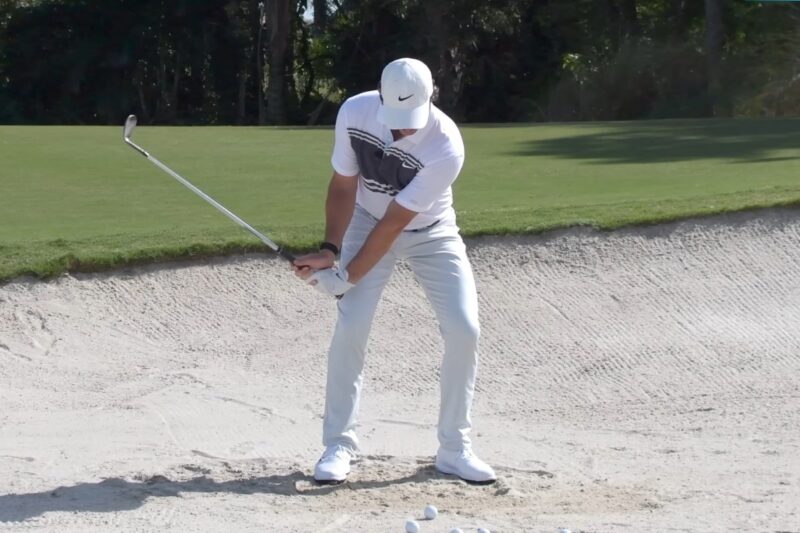
Golf history is peppered with moments where the unplayable lie rule has come into the spotlight. Remember when Phil Mickelson found himself in a thicket during the 2002 U.S. Open? Or when Tiger Woods had to navigate a tricky lie at the 2000 PGA Championship? These moments not only test a player’s skill but also their knowledge of the rules and strategic thinking.
Fun Fact: At the 2019 Masters, Francesco Molinari found his ball in a bush on the 15th hole. His decision on how to handle the unplayable lie was crucial in the tournament’s outcome.
Tips for Players
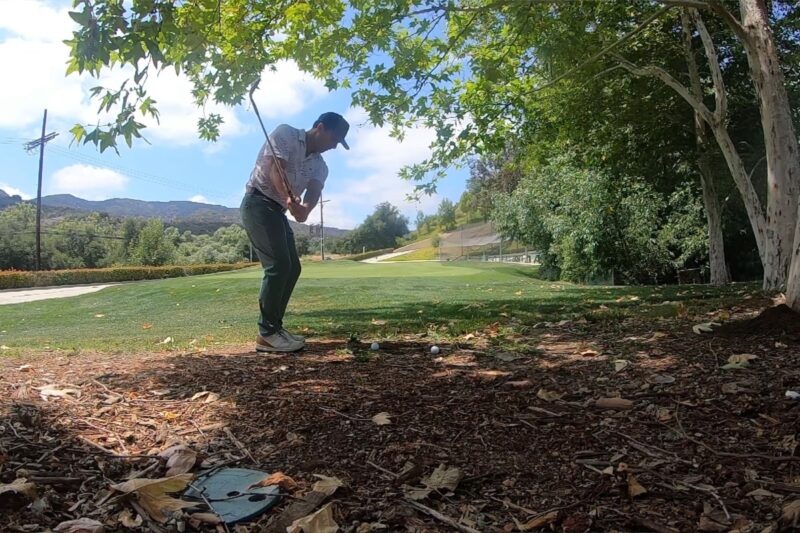
Facing an unplayable lie can be daunting, but here are some strategies to keep in mind:
- Assess the Situation: Before making a decision, evaluate all your options. Sometimes, the best choice might not be the most obvious one.
- Stay Calm: It’s easy to get flustered, especially if you’re in a competitive situation. Take a deep breath, and remember, every golfer faces these challenges.
- Practice Different Scenarios: During practice rounds, intentionally place your ball in difficult spots and try different relief options. This will prepare you for real-game situations.
Pro Tip: Visualization can be a powerful tool. Before taking a shot, visualize the path of the ball and where you want it to land.
Common Misconceptions
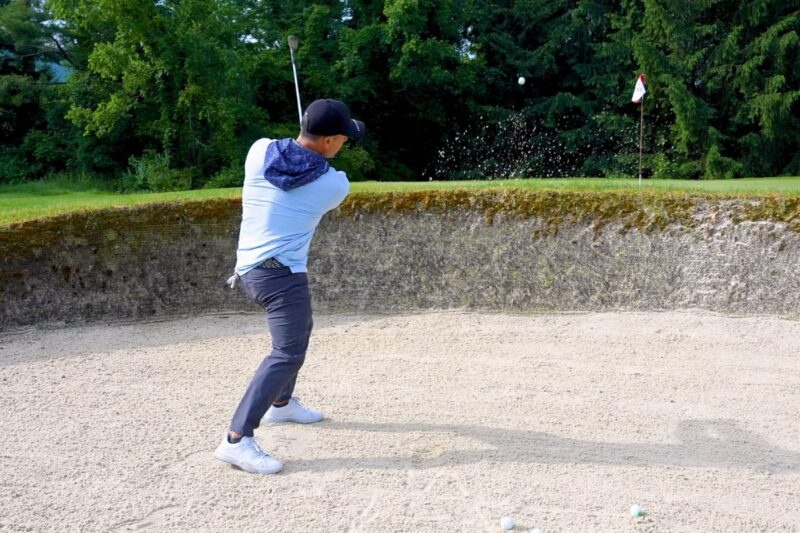
There are a few myths floating around about the unplayable lie rule:
- Any Bad Lie is Unplayable: Just because a lie is challenging doesn’t mean it’s unplayable. The decision rests solely with the player.
- You Can Drop Anywhere: As we discussed, there are specific relief options with their own set of rules. You can’t just drop the ball anywhere you like.
- No Penalty for Taking Relief: Always remember, taking relief comes with a one-stroke penalty. No exceptions.
Famous Examples

Arnold Palmer at the 1958 Masters
Arnold Palmer, one of golf’s greatest, faced an unplayable lie at the 1958 Masters. After his ball landed behind the green on the 12th hole, Palmer declared it unplayable. He played another ball and made a double bogey. However, after a discussion with officials, it was decided that he could play the original ball. He made par with that ball, and the double bogey was discarded. This ruling was significant as it led to Palmer winning his first major championship.
Jordan Spieth at the 2018 Open Championship
At the 13th hole of the 2018 Open Championship, Jordan Spieth hit his tee shot to the right of the fairway, which landed on a steep hill. After a lengthy discussion with officials, Spieth took a drop from an unplayable lie. He managed to salvage a bogey, which was crucial in his eventual victory.
Phil Mickelson at the 2006 U.S. Open
On the 72nd hole, Phil Mickelson’s drive went way left into the trees. He attempted a risky second shot but hit a tree and the ball went further left. Mickelson declared the ball unplayable and took a drop, which led to a double bogey. This mistake cost him the championship, as he finished second.
Tips for Players
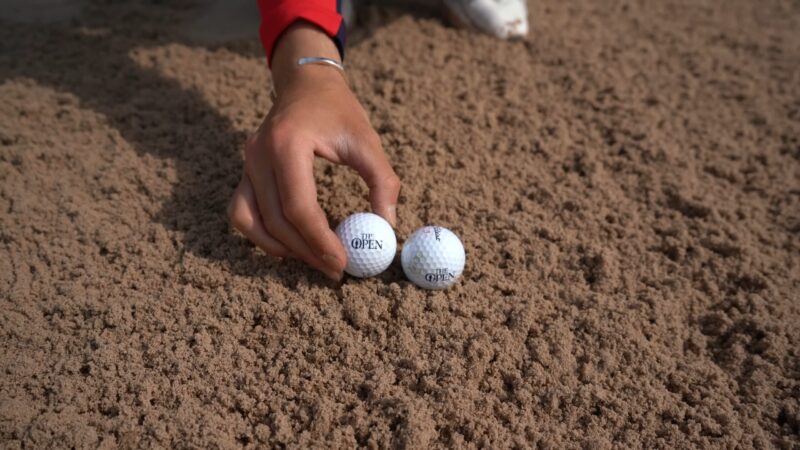
Facing an unplayable lie can be daunting, but here are some strategies to keep in mind:
- Assess the Situation: Before making a decision, evaluate all your options. Sometimes, the best choice might not be the most obvious one.
- Stay Calm: It’s easy to get flustered, especially if you’re in a competitive situation. Take a deep breath, and remember, every golfer faces these challenges.
- Practice Different Scenarios: During practice rounds, intentionally place your ball in difficult spots and try different relief options. This will prepare you for real-game situations.
Pro Tip: Visualization can be a powerful tool. Before taking a shot, visualize the path of the ball and where you want it to land.
Common Misconceptions
There are a few myths floating around about the unplayable lie rule:
- Any Bad Lie is Unplayable: Just because a lie is challenging doesn’t mean it’s unplayable. The decision rests solely with the player.
- You Can Drop Anywhere: As we discussed, there are specific relief options with their own set of rules. You can’t just drop the ball anywhere you like.
- No Penalty for Taking Relief: Always remember, taking relief comes with a one-stroke penalty. No exceptions.
FAQ
What is the penalty for declaring an unplayable lie?
Typically, the penalty for declaring an unplayable lie is one stroke.
Can a player declare their ball unplayable in a bunker?
Yes, a player can declare their ball unplayable in a bunker, but they must drop the ball within the bunker.
Is there a limit to how many times a player can declare a ball unplayable in a single hole?
No, there’s no limit. However, each declaration results in a one-stroke penalty.
What happens if a ball is lost after being declared unplayable?
If a ball is lost after being declared unplayable, the player must proceed under the stroke and distance penalty, which means returning to the spot of the previous shot.
Wrapping Up
Understanding and applying golf rules is paramount for any player, amateur or professional. The unplayable lie rule, with its nuances and strategic implications, is a testament to that.
So, next time you’re on the course, and you find yourself in a tricky spot, remember the insights from this piece. And always, always play with integrity and respect for the game.

